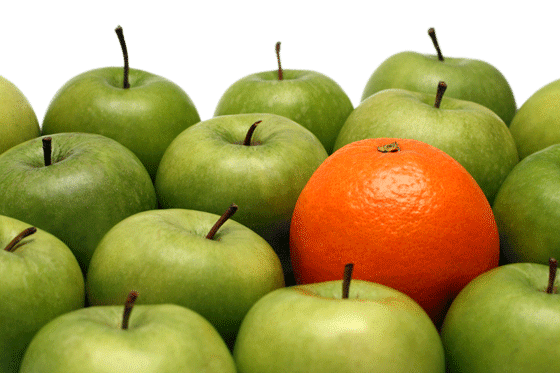Recently, I came across an interesting depression treatment paper published in Brain Stimulation that I wanted to review titled, Simultaneous rTMS and psychotherapy in major depressive disorder: Clinical outcomes and predictors from a large naturalistic study.
 The purpose of this research was to see what happened with a group of people with Major Depressive Disorder who were treated with transcranial magnetic stimulation (TMS) and psychotherapy.
The purpose of this research was to see what happened with a group of people with Major Depressive Disorder who were treated with transcranial magnetic stimulation (TMS) and psychotherapy.
In my own clinical practice experience, one thing that became apparent to me soon after I started offering TMS in 2010 was that patients became better at psychotherapy after a course of TMS. Other providers around the country that specialized in TMS also noted this result.
So, what was happening? Was there a pattern? Was depression getting better or was something else going on?
To better address these questions, I see this Brain Stimulation paper as an opportunity to look at this issue more critically. The research consistently supports the positive effect of TMS on depression and using TMS alone, without medication or psychotherapy, is shown to result in response rates of 58 percent and remission rates of up to 37 percent. Plus the 52-week post-acute treatment study, which we were able to be a part of, showed that at 52 weeks after treatment 56.8 percent of patients sustained the response.
However, we need to be cautious about comparing research results because sometimes we have apples to apples, other times its apples and oranges and sometimes there are different types of apples.
Study outline:
- 196 patients, aged 18-78
- Diagnosis of Major Depression
- Over 97 percent had at least one previous antidepressant treatment without improvement
- Beck Depression Inventory was used to assess outcomes
- Patients had a course of TMS and psychotherapy (mainly cognitive-behavioral therapy) each session lasting 45 minutes
Results:
- Response rate of 66 percent and remission rate of 56 percent
- At six months, 63 percent still met response criteria and 53 percent met remission criteria
Observations:
- The results were “favorable” compared to previous studies of TMS and medication alone studies.
- There was evidence that patients that showed notable improvement with 10 treatments were more likely to have a treatment response, but this was not definite.
This study suggests, as is often the case that further studies are needed. The results support our real lives experience over the years that combining treatments can be more effective. In this case, we have an evidence-based treatment, TMS, exerts effects by modulating network connectivity via circuits in the brain and cognitive behavioral therapy (CBT) is associated with circuit connectivity in similar parts of the brain.
The symptoms of depression such as negative ruminations, lack of self-confidence, lack of motivation and pleasure are associated with the areas of the brain effected by TMS and CBT. They use different pathways and can have a synergistic benefit to address the symptoms positively.
When the depressive symptoms are better, patients are better able to address conflicts, relationship issues, work problems or other life concerns, and the tools learned in psychotherapy allow individuals to make more positive choices and decisions today and to move forward.
With this research and future studies to follow, opportunities to help depression, previously difficult to treat, will continue to improve. While it’s not always apples to apples, exploring ways to combine depression treatments can result in apples and oranges creating fruitful outcomes.

